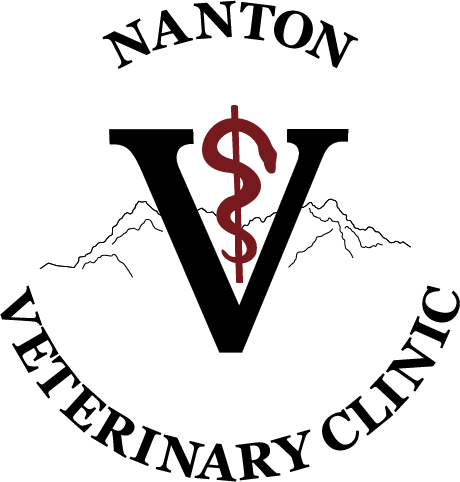Educational Articles
-
A perineal hernia is a protrusion of tissue through the muscle of the perineum. Potential causes, clinical signs, and treatment are explained. The prognosis ranges from good to poor, depending on the ability to perform surgery and the pet's response to surgery. Perineal hernias have the potential to be life-threatening.
-
A perineal urethrostomy (PU) is a surgical procedure that is most commonly performed on male cats with a urinary obstruction. Male cats develop urinary obstructions much more readily than female cats, due to differences in urinary tract anatomy between the two sexes. A PU creates a new urinary opening that decreases the length of the urethra and allows urine to bypass this narrowed region. Less commonly, PU may also be done in cats with severe urethral trauma. After surgery, your cat will be required to wear an Elizabethan collar (e-collar) to prevent self-trauma to the surgical site.
-
Pigmentary keratitis is a discoloration of the cornea due to chronic inflammation and is most common in brachycephalic breeds. In many cases, complete resolution cannot be achieved, but the condition can be stopped or slowed down if the underlying cause can be identified and treated. Surgery and medications may be used to help address the problem.
-
Pneumothorax is an accumulation of air outside the lungs, but inside the chest wall. The air outside the lung prevents the lungs from inflating normally, and can lead to lung collapse. There are several variations of pneumothorax.
-
Porcupine quills can puncture the skin and move through muscle, ultimately penetrating into body cavities and internal organs. They contain barbs like fishhooks and tend to migrate inwards instead of being expelled. Do not cut quills or attempt to remove the quills yourself. Seek immediate veterinary care if your dog is quilled. Sedation or anesthesia is required to remove quills safely.
-
A portosystemic shunt causes a bypass of blood from the gastrointestinal tract directly into the systemic circulation, avoiding the normal detoxifying process that happens in the liver and reducing nutrient input into the liver. Liver shunts can be congenital defects (failure of closure of the ductus venosus or inappropriate vascular development) or acquired (development of extra vessels caused by portal vein hypertension). Clinical signs include failure to thrive (runt), head pressing or other neurological signs especially after high protein meals, delay in anesthetic recovery, increased urination, and vomiting or diarrhea. CBC and biochemistry can be altered in a dog with a portosystemic shunt (e.g., microcytic anemia, low BUN, glucose, elevated ALT) and urinalysis can show abnormal crystals and possibly infection. Bile acids will be elevated. CT, ultrasound, or other more advanced imaging will confirm and locate the shunt. Initial treatment includes a change to a low protein diet, lactulose to absorb ammonia and other toxins, and antibiotics to change the bacterial population of the intestines. Some dogs do well with medical management; however, many need surgical treatment to gradually close off the shunt. Surgery is very successful and dogs return to normal in 2-4 months.
-
When your cat comes home after an operation, special care must be taken to ensure he remains indoors with restricted activity and cannot lick or chew at his incision site. Monitor your cat for abnormal signs and contact your veterinarian if any are observed.
-
Special care must be taken when your dog comes home after an operation to ensure the incision area stays clean and dry and heals properly. Some signs are cause for concern, and if observed, call your veterinarian right away.
-
Prostatic disease can be uncomfortable for a dog, particularly if it causes compression of the urethra or colon. Because there are many diseases of the prostate, it is necessary to perform several tests to determine the exact cause of a patient's condition. This handout provides explanations of the seven most common conditions affecting the prostate and the corresponding approaches to treatment.
-
Pyometra is a serious and life-threatening infection in the uterus, occurring in female cats who have not been spayed. The condition must be treated quickly and aggressively. The preferred treatment is to surgically remove the uterus and ovaries by performing an ovariohysterectomy. There is a medical approach to treating pyometra, although the success rate is highly variable and not without considerable risk and potential long-term complications.

